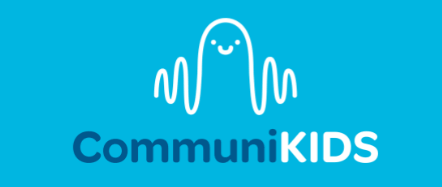Neurodivergent Affirming
Neurodivergent affirming practice is on a rise in the speech therapy world, as well as with many other health professionals. Neurodivergent affirming is the idea that every individual has differences in their abilities. These differences are not ‘weaknesses’ or ‘deficits’ that need to be fixed. Instead, it sees neurodiversity as natural. At the core of neurodivergent affirming is the idea that these differences in ways of thinking, interacting, learning and more need to be accepted, not changed.
Neurodivergency covers a broad range of diagnoses, including:
Autism
ADD/ADHD
Dyslexia
Obsessive Compulsive Disorder (OCD)
Dyspraxia
And more
Why being neurodivergent affirming is important
Neurodivergent affirming in practice
One of the first steps to making sure practices are neurodivergent affirming is acknowledging that any interaction with another person is a two way street. Historically, the expectation has been for neurodivergent individuals to mask or change the way they behave to ‘fit in’ with neurotypical individuals. An example of this is eye contact - in the past, many speech therapists have had eye contact as a goal. This serves the purpose of making the other person feel comfortable in a social situation, but does not serve the individual who finds eye contact overwhelming or uncomfortable.
This links closely to masking. Masking is the adoption of a neurotypical behaviour that does not come naturally to an individual, such as eye contact, use of tone of voice or use of facial expression, to fit in with others. This can be exhausting for the individual using it - imagine having to act like a different person for most hours of the day - and can have a significant impact on mental health. In neurodivergent affirming practice, it is important to avoid teaching or encouraging masking behaviours.
Another key part of neurodivergent affirming practice is listening to the client. As speech therapists, it is our responsibility to listen to what the client needs and wants. This can be as simple as label - many autistic individuals prefer ‘autistic person’ to ‘person with autism’ as they see autism as a key part of their identity. This does vary between people, so it’s always important to listen to what each individual wants.
In a paediatric speech therapy setting, play is integral in most sessions. Sometimes, neurodivergent kids may have different play styles to what is considered typical. That’s okay! In speech therapy sessions, this means incorporating their interests and play styles into the sessions rather than trying to change it to more neurotypical play.
There are many other ways we can use neurodivergent affirming practices into speech therapy, as well as in the community and at home. As we listen to more neurodivergent voices, our understanding will likely grow and our practices will continue to shift to provide the most supportive practices possible for our clients.
